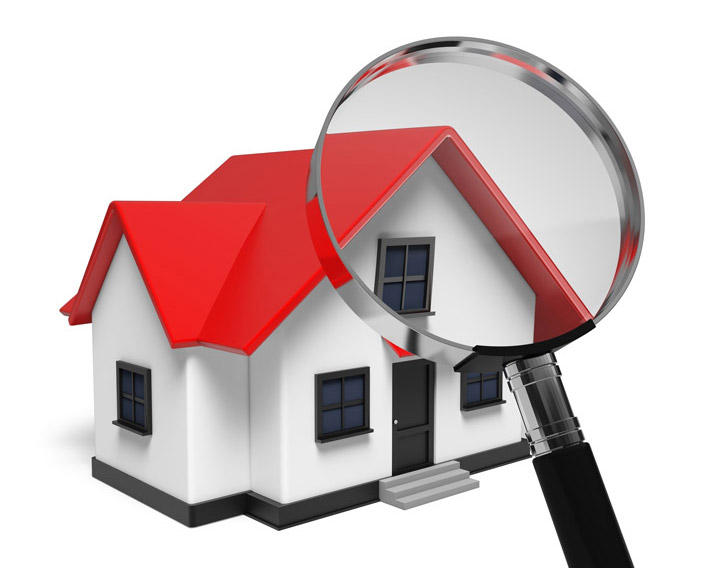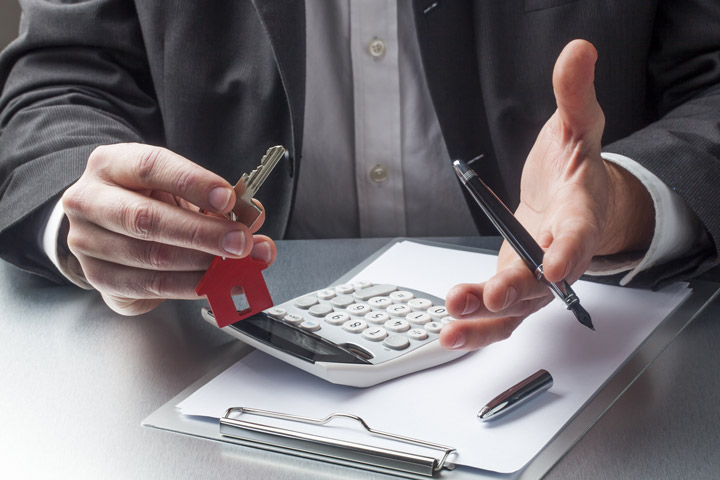
Real Property Appraisals: A PrimerGetting real estate is the biggest financial decision many of us could ever make. Whether it's a main residence, an additional vacation home or a rental fixer upper, purchasing real property is an involved transaction that requires multiple parties to see it through. You're probably familiar with the parties taking part in the transaction. The real estate agent is the most familiar person in the exchange. Then, the bank provides the financial capital needed to bankroll the deal. The title company sees to it that all requirements of the sale are completed and that the title is clear to pass to the buyer from the seller. So, who makes sure the value of the real estate is in line with the amount being paid? This is where you meet the appraiser. We provide an unbiased opinion of what a buyer could expect to pay — or a seller receive — for a property, where both buyer and seller are informed parties. A licensed, certified, professional appraiser from T. Daniel Qualls will ensure, you as an interested party, are informed. Appraisals start with the inspectionOur first responsibility at T. Daniel Qualls is to inspect the property to ascertain its true status. We must see aspects of the property hands on, such as the number of bedrooms and bathrooms, the location, living areas, etc, to ensure they truly are present and are in the shape a reasonable buyer would expect them to be. To ensure the stated square footage has not been misrepresented and convey the layout of the property, the inspection often requires creating a sketch of the floorplan. Most importantly, the appraiser looks for any obvious features - or defects - that would have an impact on the value of the house. Following the inspection, an appraiser uses two or three approaches to determining the value of real property: a sales comparison, a replacement cost calculation, and an income approach when rental properties are prevalent. 
Replacement CostThis is where the appraiser gathers information on local building costs, the cost of labor and other elements to calculate how much it would cost to replace the property being appraised. This value often sets the maximum on what a property would sell for. The cost approach is also the least used method. 
Analyzing Comparable SalesAppraisers can tell you a lot about the subdivisions in which they appraise. They thoroughly understand the value of certain features to the homeowners of that area. Then, the appraiser researches recent sales in close proximity to the subject and finds properties which are 'comparable' to the property being appraised. By assigning a dollar value to certain items such as square footage, extra bathrooms, hardwood floors, fireplaces or view lots (just to name a few), we add or subtract from each comparable's sales price so that they more accurately match the features of subject property.
Once all necessary adjustments have been made, the appraiser reconciles the adjusted sales prices of all the comps and then derives an opinion of what the subject could sell for. When it comes to valuing features of homes in Welcome and Davidson, T. Daniel Qualls can't be beat. The sales comparison approach to value is usually given the most importance when an appraisal is for a home purchase. Valuation Using the Income ApproachA third way of valuing approach to value is sometimes applied when an area has a reasonable number of rental properties. In this situation, the amount of income the real estate yields is taken into consideration along with other rents in the area for comparable properties to determine the current value. Coming Up With The Final ValueAnalyzing the data from all applicable approaches, the appraiser is then ready to document an estimated market value for the property at hand. Note: While this amount is probably the most reliable indication of what a property is worth, it probably will not be the final sales price. Depending on the individual circumstances of the buyer or seller, their level of urgency or a buyer's desire for that exact property, the closing price of a home can always be driven up or down.But the appraised value is often employed as a guideline for lenders who don't want to loan a buyer more money than the property is actually worth. Here's what it all boils down to, an appraiser from T. Daniel Qualls will guarantee you get the most accurate property value, so you can make wise real estate decisions. |